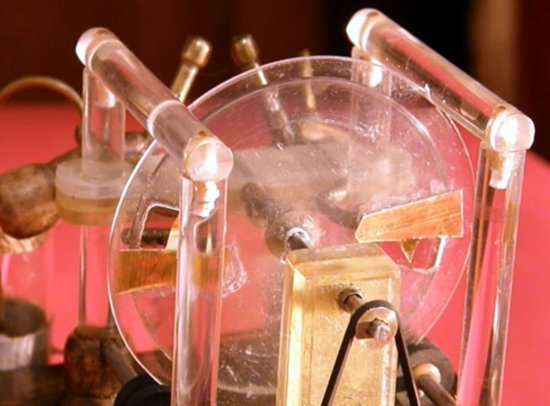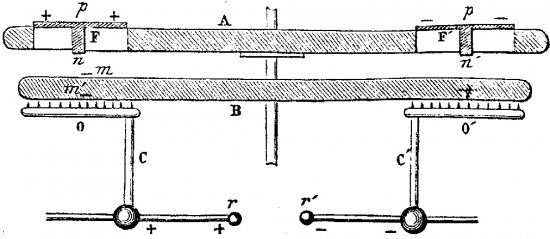Goltz's electrophoretic machine
The historical period of the most active experimental research in the field of electrical phenomena is associated with the appearance of the first electrostatic machines, whose action made it possible to obtain electrical energy due to the performance of mechanical work.
Mechanical work consisted in the rotation of certain parts of the machine, in which the forces of attraction (opposite) and repulsion (of the same name) electric charges, which were present on the electrified elements of the machine, were overcome.
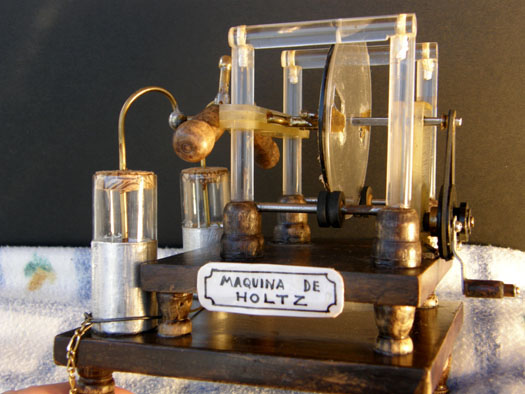
Experiments with such machines contributed to a better understanding by the researchers of that time of the very nature of electricity and the principles of electrical interactions.
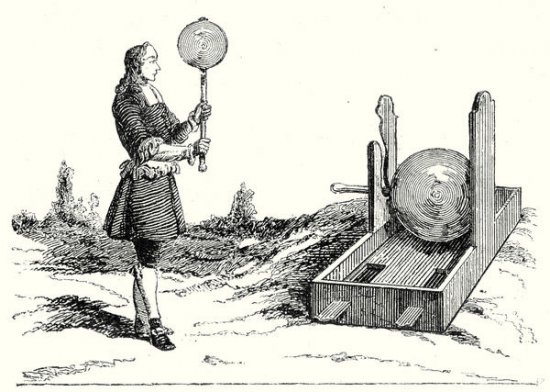
Creation of the first electrostatic friction machine historians attribute to the German scientist Otto von Gerike, who in 1650 created such a device for the first time. It was a machine whose work was based on the then already known phenomenon of electrification of bodies through friction. Friction machines, however, have a significant drawback — their operation requires the application of large mechanical forces.
Unlike the friction machines created later electrophoric (induction) machines were deprived of this disadvantage, since in order to obtain electrical energy they did not need direct contact of the electrified parts with the inductor (with the part that caused the electrification).
So, the first electrophoric machine, that is, an electrostatic machine that does not require mutual friction of its parts to obtain electrification, was built in 1865 by a German physicist August Tepler… The inventor was of the opinion that it was electrophoretic machines that would enable the efficient production of electricity through the conversion of mechanical energy.
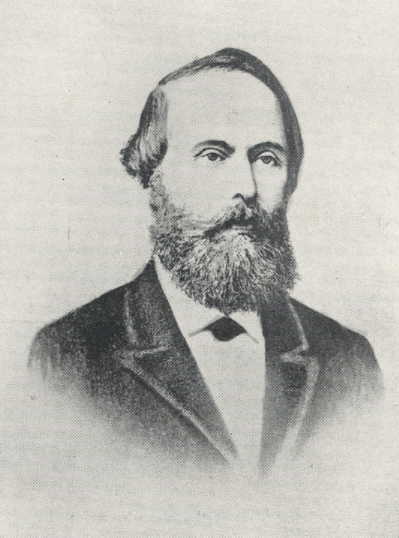
At the time, a German physicist Wilhelm Goltz (German Holtz), independently of Toepler, designed a simpler and more efficient electrophoretic machine that produced a large potential difference and could even serve as a direct current source for lighting. Goltz's machines became the first electrophoretic machines to appear in the classrooms of educational institutions.
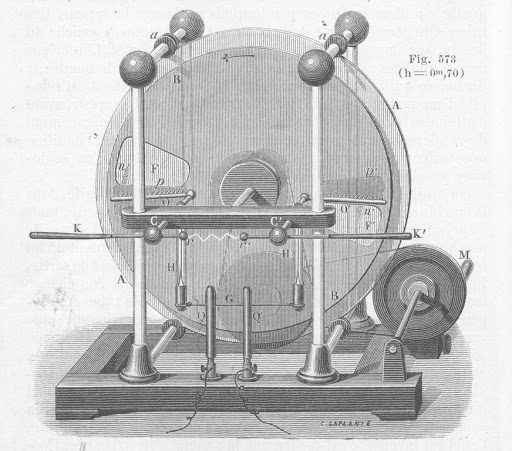
Main parts of the Goltz machine — two glass discs and metal combs designed to remove the charge. One of the discs is stationary and the other can rotate. The disks are mounted on a common axis. In one of the museum exhibits, the stationary disc is 100 cm in diameter, while the rotating disc is 94 cm.
The stationary disk rests on an ebonite plate and is supported in a vertical position by ebonite circles on insulating stands. Windows are cut out on the stationary disk, on the back of which incomplete paper sectors called frames are glued.
The bezels end in paper tongues, the leading pointed edges of which point towards the movable disc and are slightly curved.The discs, frames and tongues are coated with gumilac (resinous substance).
Brass combs are mounted along the horizontal diameter of the movable disk, in front, on each of its sides. These combs are connected to corresponding brass wires, at the ends of which are conductive balls, through which pass brass rods, ending in balls on the inside, with wooden (insulating) handles on the outside. Sticks can be moved by moving the balls apart or closer.
Leyden jars (with inner plates) can be connected to the conductors whose outer plates are connected to each other by a wire. Two brass posts at the front of the machine are used to connect wires; the balls can be leaned against these posts by simply tilting the wires.
The front disc is set to rotate by means of a belt drive and a system of rollers connected to a handle with which the experimenter actuates this mechanism. However, before starting to work with the machine, it is necessary to electrify the paper sectors (frames) with opposite charges (we will denote them as p + and p-).
These frames, which are charged, due to the phenomenon of electrostatic induction, will act on the rotating disc, and the disc will in turn act on the combs O and O'.
As the disk rotates, the frame (in window F) with a charge p + will cause (induce) a negative charge on the back of the rotating disk m and a charge of the same sign will be attracted to the ridge O, again due to the phenomenon of electrostatic induction. Part of the disk m 'will receive a negative charge from comb O, and comb O itself, together with its conductor C and the ball r, will therefore be positively charged.
So, the disk is electrified negatively on both its sides (at places m and m'), and the wire on the left side of the car is positive. The disk continues to rotate and now parts of its surface m and m 'reach the window F' located on the stationary disk to the right.
The influence of the rack with a negative charge p installed here is amplified by the surface m ', which means that a positive charge will be attracted from the ridge O' to the disk. Accordingly, both the wire C' and the ball r' will be negatively charged. The surface m receives a positive charge attracted by the ridge. The disc continues to spin and the cycle repeats.
Electrostatic generators are considered the most ancient sources of electrical voltage: How electrostatic generators work and work

